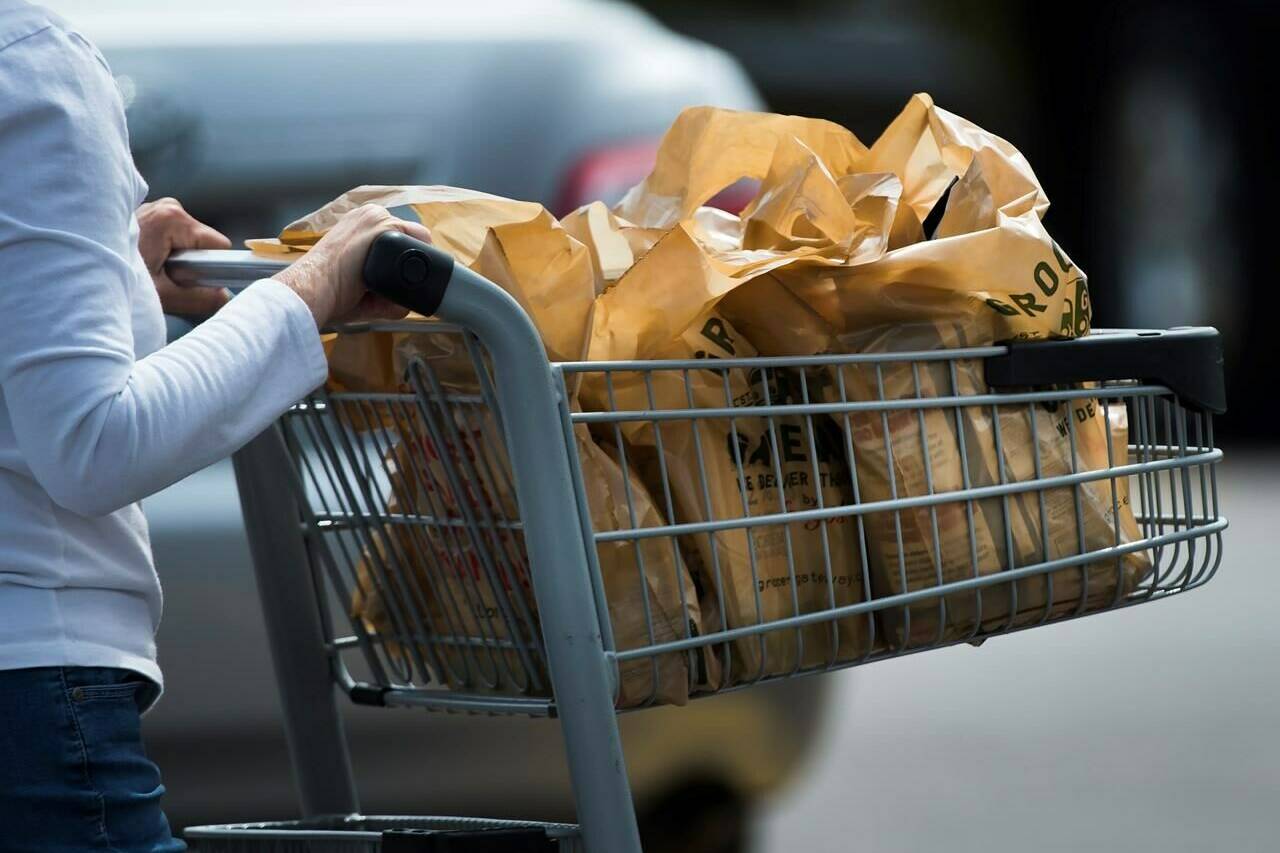A leading Canadian economist calls the so-called grocery rebate a step in the right direction, but would like to see the federal government take additional steps to deal with high food prices.
The grocery rebate announced as part of the 2023 federal budget started to go out July 5 as part of the next quarterly GST/HST credit payment. The rebate is available for individuals who have a net income of less than $32,000, and for families earning less than $38,000.
Eligible recipients will receive double their GST/HST credit payment from January 2023 with the amount based on their family situation and 2021 adjusted family net income. Depending on the number of children, individuals can receive between $234 and $628, families between $306 and $628.
Jim Stanford, economist and director of the Centre for Future Work and research associate with the Centre for Policy Alternatives, said the general direction of the rebate is correct. Inflation has hit families and especially low-income people hard, he said.
Stanford said the rebate builds on a system already aiming to support low-income people.
“What the government is calling the grocery rebate actually has nothing directly to do with groceries and it doesn’t depend on buying groceries,” he said. “You could buy zero groceries and still get this rebate. All it is, is a temporary expansion in the GST rebate and it’s aimed at the same categories of household that were qualified for the GST rebate in the first place.”
RELATED: Canada needs more grocery competition, federal watchdog finds
But government, he added, is trying to put a “political spin” on this support by calling it a grocery rebate. He also sees room for improvement.
“I would prefer to see a bigger rebate and to improve the thresholds definitely, to lift the thresholds so that more people qualify,” he said. “I think that would be reasonable. But this GST rebate, as it stands, is still a step in the right direction.”
However, Stanford said other steps are necessary to help Canadians with the cost of groceries following two separate hearings into the causes and solutions of high grocery prices. Theses steps include limits on mergers in the grocery sector or even the break-up of big grocery firms.
“A company like Loblaws has a dozen different brand names all controlled by the same company,” he said. “In the olden days, we would look at a big company like that and break it up like the Americans did with Standard Oil back in the 1910s.”
Stanford also favours a windfall tax on the excess profits of grocery companies, with the money going toward expanding the GST rebate.
“I think politically there is an opportunity for the government to do more than just the kind of incremental measures that we’ve have seen so far,” he said.
In fact, Stanford said Ottawa can take a page out of its own books, pointing to such taxes in banking and in oil and gas.
“I think the precedent has been set in other countries and indeed in other industries in Canada,” he said. “This is not a Utopian idea. This is something that can actually be done.”
@wolfgangdepner
wolfgang.depner@blackpress.ca
Like us on Facebook and follow us on Twitter.

